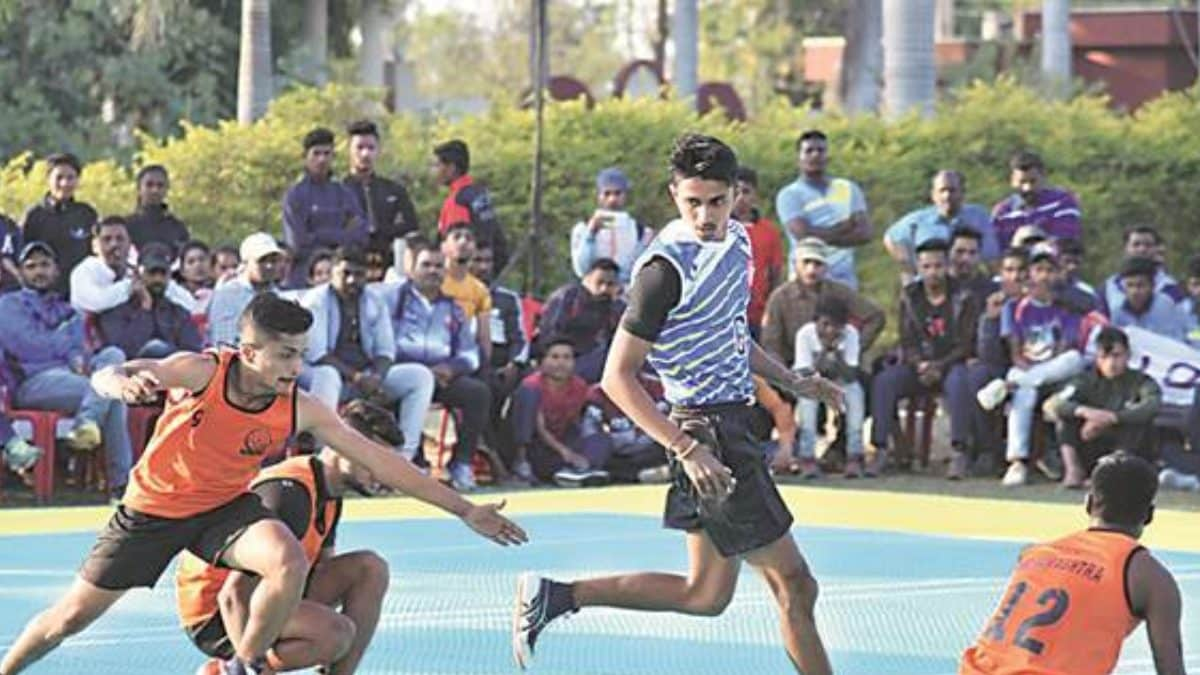The Evolution of Kho Kho Mats in India: A Historical Overview
Kho Kho, a traditional Indian sport, has a rich history that dates back centuries. It is a game of speed, agility, and strategy, played between two teams. Maharashtra in India has been known to produce good Kho Kho players with active enthusiasm for this sports from both genders.
According to historical records, kho kho was played as early as the 4th century BCE during the time of the Maurya Empire in ancient India. The game gained widespread popularity in the 20th century, with the first national kho kho championship in India organized in 1959, marking a significant milestone in the sport’s development. Today, kho kho is played across India, with numerous state and national-level tournaments held annually.
To facilitate this fast-paced sport, mats are an essential component, providing a safe and suitable playing surface. The evolution of kho kho mats in India showcases the ingenuity and adaptability of the game, as well as the cultural and historical context in which it has developed.
Early Origins and Traditional Materials:
The roots of kho kho can be traced back to ancient India. Initially, the game was played on natural surfaces like grass or bare ground. As the sport gained popularity, players began experimenting with various materials to enhance the playing surface. Traditional materials such as straw, leaves, or reeds were woven together to create mats that provided some cushioning and reduced the risk of injuries during intense matches.
Influence of Local Techniques and Regional Variations:
As kho kho evolved in different regions of India, local techniques and materials influenced the design of the mats. In some areas, mats were woven using natural fibres like coir or jute, which were abundantly available. These mats were sturdy, yet flexible, allowing players to make quick movements without hindrance. In other regions, materials like cotton or silk were incorporated into the mat-making process to add a touch of comfort and elegance.
ALSO READ|IOA Achieves Major Breakthrough in Resolving HAI Impasse
Introduction of Synthetic Materials:
With the advent of modern materials, the construction of kho kho mats took a significant leap forward. Synthetic materials such as rubber, foam, and advanced fabrics started replacing traditional ones. These new materials provided improved shock absorption, durability, and consistency in the playing surface. The introduction of synthetic mats brought greater uniformity to the game, ensuring that players experienced a consistent level of bounce and grip, regardless of the geographical location.
Technological Advancements and Standardization:
In the Berlin 1936 Olympics Games, Kho Kho was included as a demonstration sport and in 1987 it was introduced at the South Asian Federation Games in Kolkata. Currently, more than 25 countries worldwide practice and compete in this sport. Since the sport started getting traction over the years, advancements in technology and manufacturing have further transformed Kho Kho mats. High-density foams, reinforced rubber compounds, and specialized textile weaves are now used to create mats that cater specifically to the needs of the sport. These modern mats offer optimal traction, and impact absorption, and are designed to minimize friction burns, enhancing player safety and performance.
For instance, the use of advanced foam materials with shock-absorbing properties has significantly reduced the risk of impact-related injuries during intense gameplay.
Furthermore, the incorporation of specialized textile weaves ensures improved grip, allowing players to make swift turns and changes in direction without slipping. The introduction of synthetic mats in kho kho gained prominence in the 1980s, revolutionizing the sport by providing a consistent and safe playing surface across different regions.
Environmental Considerations and Sustainability:
In the wake of increased environmental consciousness, the materials used in kho kho mats are also undergoing a shift. There is a growing emphasis on eco-friendly alternatives that are biodegradable, recyclable, and sustainable and Gravolite has taken a lead on this. Natural materials like organic cotton, hemp, or even recycled fibers are being explored to create mats that align with the principles of environmental responsibility.
ALSO READ| Neeraj Chopra Injured! ‘Sustained A Muscle Strain During Training’, Pulls Out of Competition
These sustainable alternatives not only reduce the carbon footprint associated with mat production but also promote the use of locally sourced materials, supporting local communities. Additionally, initiatives to recycle old mats and repurpose them into new ones are gaining momentum, further contributing to the sustainability of the sport.
If we trace the evolution of kho kho mats in India, it mirrors the journey of the sport itself. From humble beginnings on natural surfaces to the introduction of traditional and synthetic materials, and now the focus on sustainability, the development of kho kho mats represents a blend of tradition, innovation, and adaptation. As the sport continues to thrive and gain global recognition, it is essential to preserve its cultural heritage while embracing technological advancements and ecological considerations in the mat-making process. The kho kho mat stands not only as a functional playing surface but also as a testament to the spirit of the game and the resilience of its players throughout history.
By- Vaibav Somani, Director, Gravolite
For all the latest Sports News Click Here

